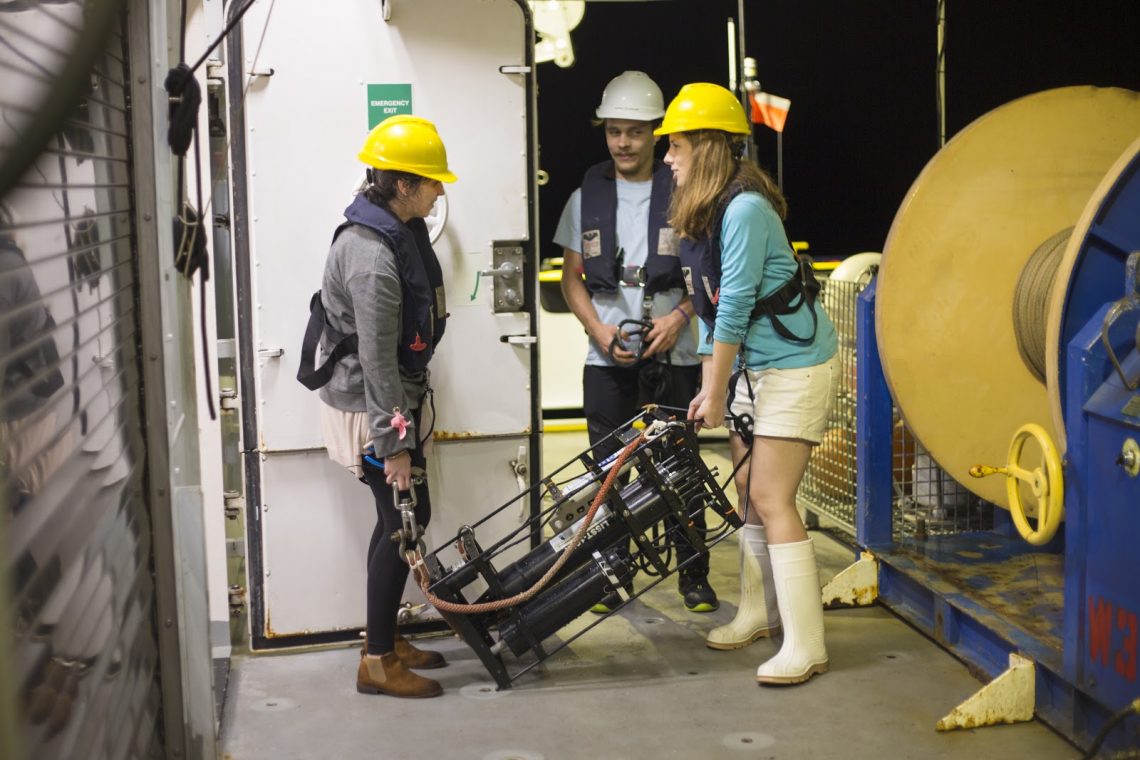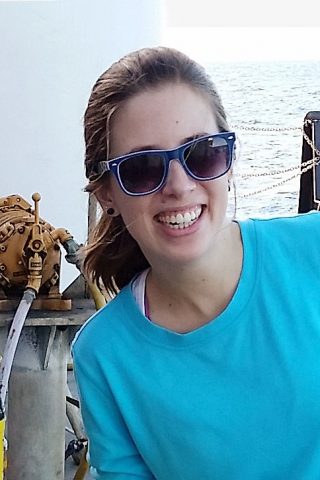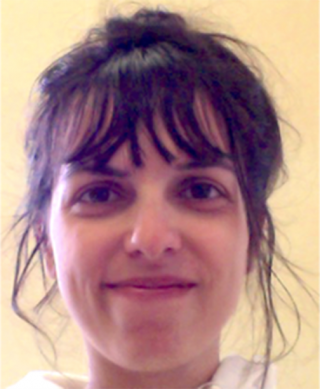There are only a few places in the ocean where the dynamics of the microbial organisms are so tightly coupled that they give rise to perfect synchronicity. The North Pacific Subtropical Gyre (NPSG) that we are sailing through for this research cruise is one of these special places. In this ecosystem, light is one of the main drivers of photosynthetic carbon fixation by phytoplankton. Consequently, light also affects the supply of organic matter (i.e. carbon) to larger organisms in the food web. The interactions between light and marine microbes are complex, and they vary over depth, time, space, and different environmental conditions. Fortunately, the inherent properties of light itself provides us with some tools to work with.
When light encounters a particle in the ocean (e.g phytoplankton, bacteria, zooplankton, minerals, detritus) two things can happen: this light can get absorbed by the particle, or scattered in different directions. The amount of light that gets absorbed or scattered (we can measure both!) is a complex function of the concentration of particles in the water, their size, and their composition. By knowing particle concentration, we can infer the balance between cellular growth and organic matter transfer and characterize the dynamics of the food web. By knowing size, we can calculate how much of the fixed CO2 is incorporated into phytoplankton biomass. By knowing their composition, we can distinguish living and dead particles and diagnose which particles are more likely to be exported from the surface-lit layer down to the seafloor, removing that carbon from the system for thousands of year. The field of bio-optical oceanography thus aims to use the optical properties of the water as tools to help make sense of particle dynamics in the ocean (Figure 1).
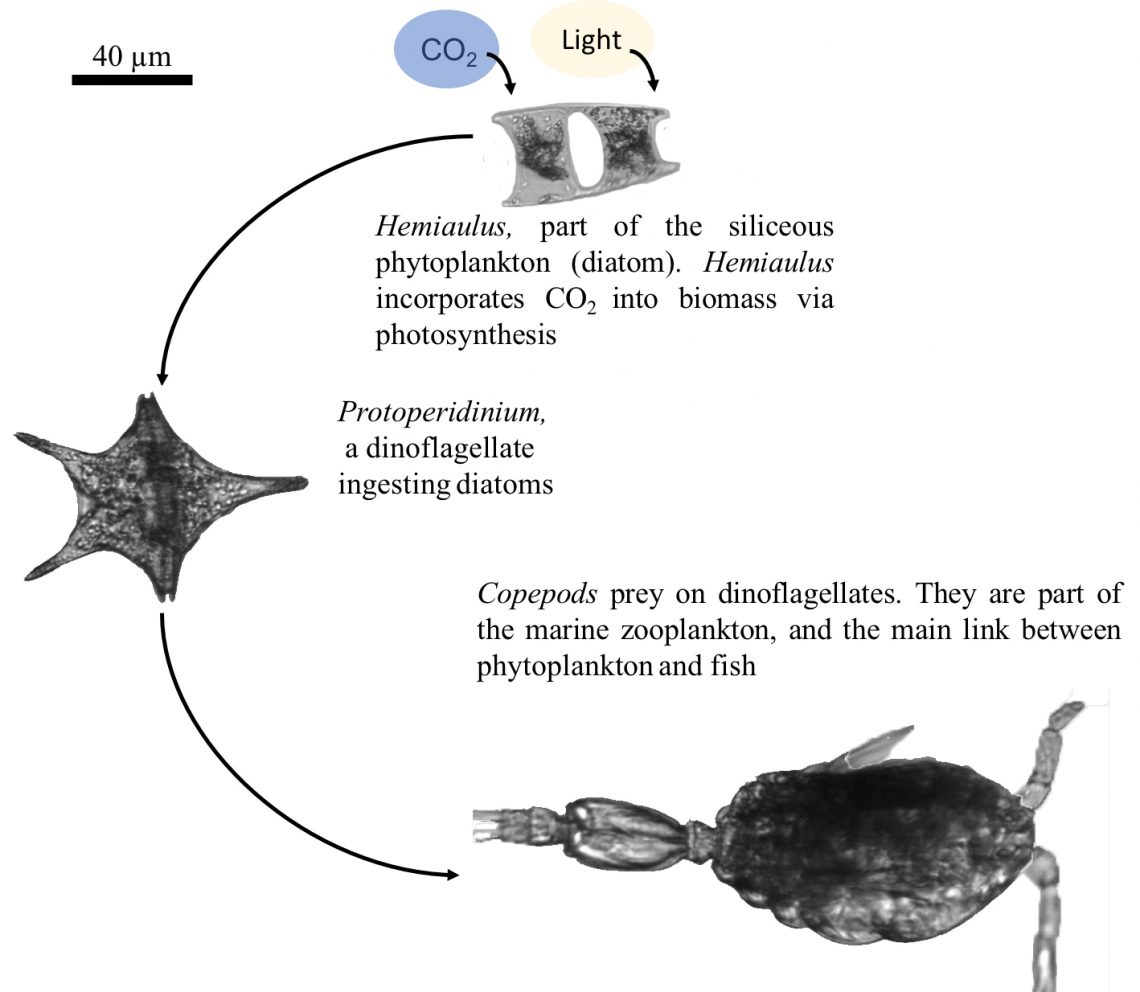
The interactions and carbon transfer between the microorganisms that make up the marine food web are so synchronized to the diel (light/dark) cycle that their individual dynamics are directly linked to bulk changes in particle concentration. This is clearly observed by the particle beam attenuation coefficient, an optical property that is often used as a surrogate for changes in the overall concentration of particles sized 0.5-100 micrometers (μm) in the water. This range encompasses most of the phytoplankton we are expecting to see in this region of the NPSG. We have been measuring beam attenuation during the Falkor cruise, and the clear diel cycles we observe help inform the balance between daytime production and nighttime loss of particles (Figure 2).
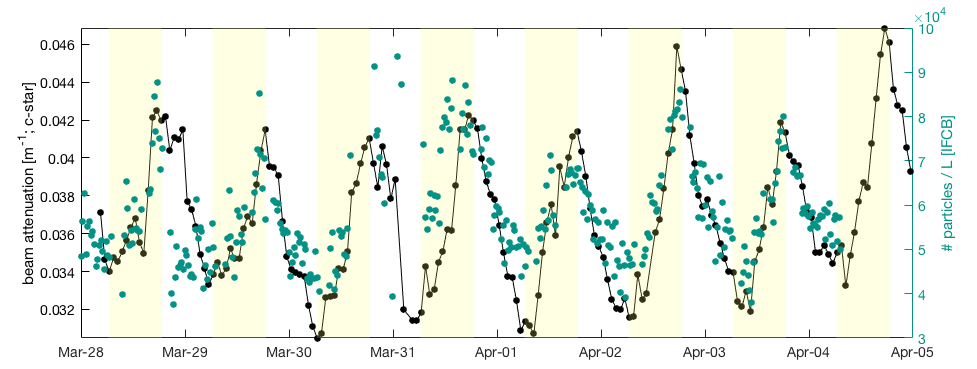
The difference between daytime production and nighttime loss of particles is an important term called “net community production” (NCP). NCP depicts how much carbon may be exported to the deep ocean and, yet, it remains poorly characterized. Describing how particle concentration, size, composition and diversity change over time and space has huge implications. Ultimately, it may help us understand the pathways and fates of carbon in the ocean and how those may change with a changing climate. We are all hoping these rhythms won’t fade as our oceans continue to be stressed by human activities. Either way, we will be out here, listening to the ocean breathe.
